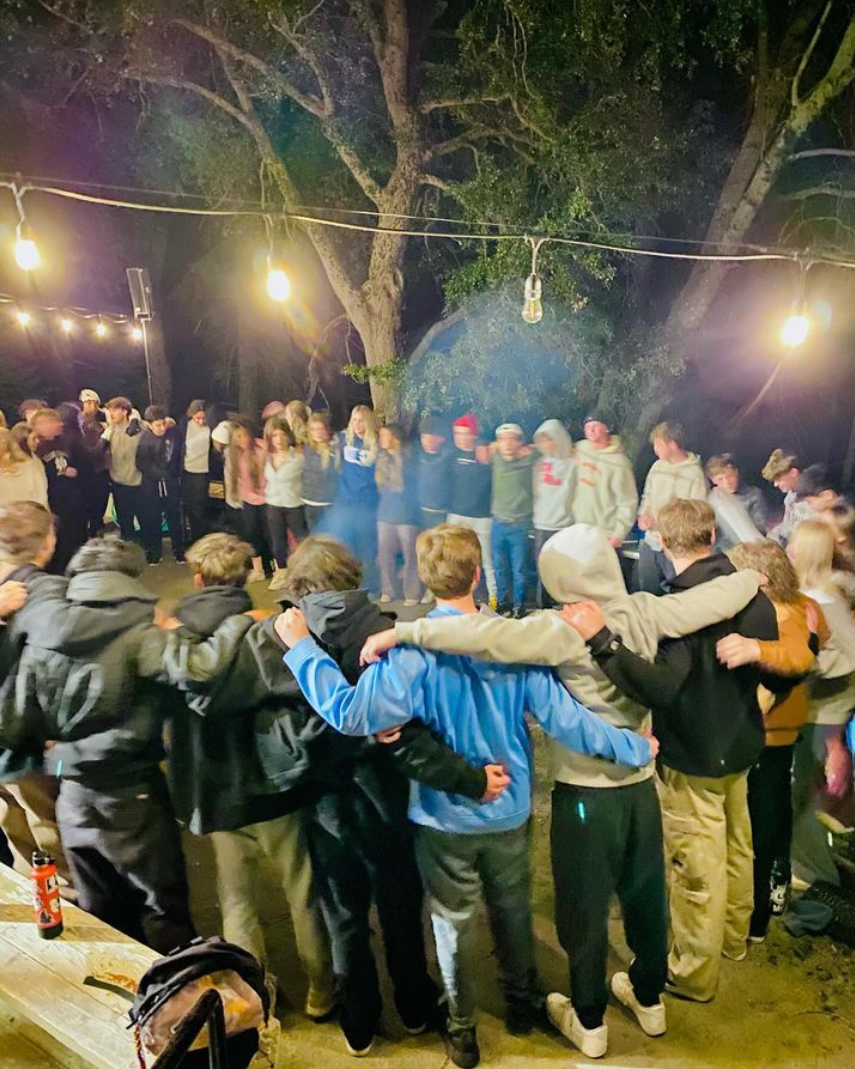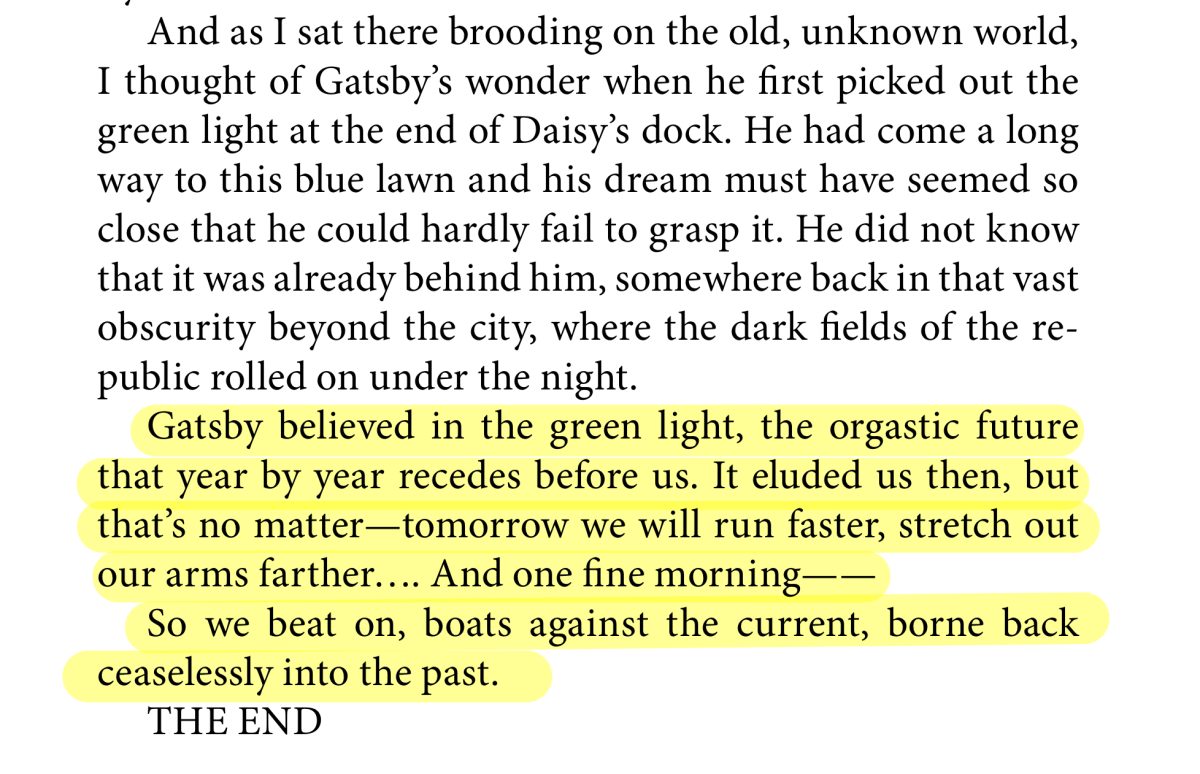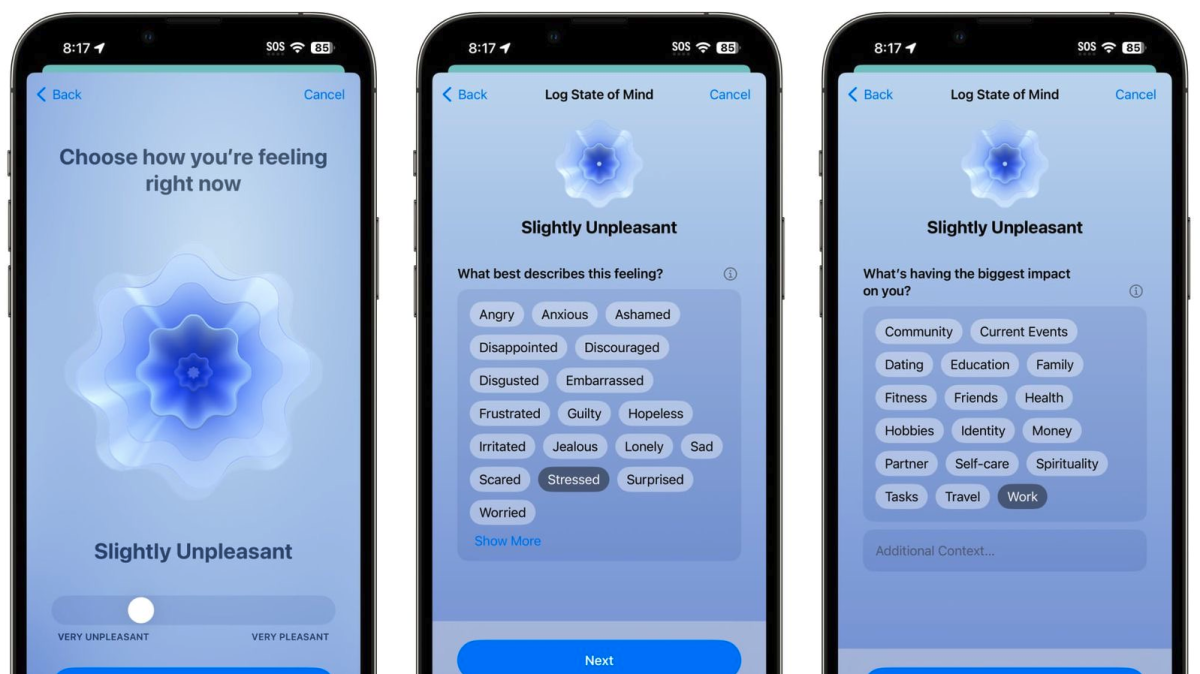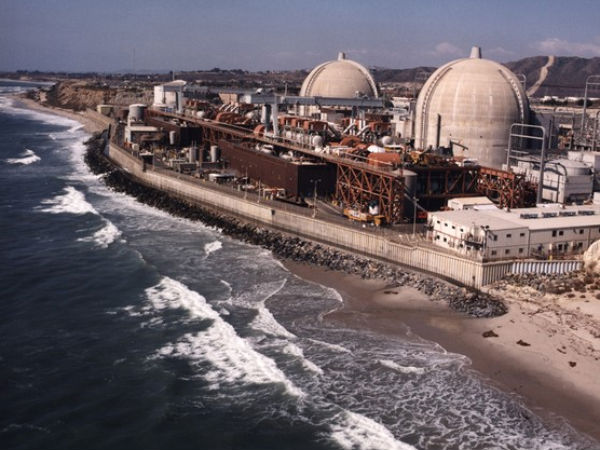Following the natural and nuclear disasters in Japan, some southern Californians have become concerned by San Diego’s close proximity to the San Onofre nuclear power plant. Cathedral Catholic’s AP Environmental Science teacher Mrs. Terry Annicchiarico and physics teacher Ms. Radostina Zlatanov offer their educated advice on the subject.
On March 11, 2011, an 8.9 earthquake was followed by a 10 meter tsunami hit Sendai, Japan. The Fukushima Daiichi nuclear power plant released dangerous radiation out into the air.
The earthquake was so big that many have speculated that Japan has moved 13 feet closer to the United States and that the time in the day has been shortened by minutes
“The earth’s plates shift naturally every year, and the crust is floating on the mantle layer. The earthquake shifted the earth even more,” said Mrs. Annicchiarico. “The changes in Japan gradually shift Earth’s dynamic structure, which is a big event in science”.
Because of the power plant disasters following the tsunami, radiation is being let out into Japan’s atmosphere. Ms. Zlatanov said, “All they’re telling us in Japan is that they’re in serious danger, but we don’t have enough data. We need to know what types of elements are released such as iodine, which has a short life, and when you inhale it, it stays in. Others are not as dangerous since the effects are not immediate. They’re heavy and will go into the ground. We need to know also how much is released.”
Ms. Zlatanov’s AP physics class is working on measuring the amount of radiation that is present on campus.
Mrs. Annicchiarico said that it takes 10,000 to 200,000 years for nuclear waste to “go away,” so nuclear disasters are extremely significant.
According to Ms. Zlatanov, if San Onofre power plant exploded, San Diegans would be in close proximity to a nuclear disaster.
“We would be in immediate danger. We would have to evacuate immediately since we are in a 30 km radius, and we are in that zone. It’s kind of scary,” she said.
If an earthquake of a large enough size hit southern California, it could trigger a plant meltdown, and San Diego would experience extreme nuclear radiation. Mrs. Annicchairico said the San Onofre plant has certain “resistant structures” that would limit damage in case of emergency, but emergency procedures are not very well developed.
According to a 2008 California Energy Commision report, the maximum magnitude the San Onofre plant could resist would be a 7.0.
Mrs. Annicchiarico said, “My husband is an engineer, and he says that a lot of damage would occur but it would be less compared to some places who have also received earthquakes, such as Haiti.”
Ms. Zlatanov, who was in Bulgaria during the Cherynobyl nuclear disaster in 1986, offered her students a piece of advice in case a radiation crisis occured. They should put wet cloths in their mouths in order to protect their thyroid glands, which are very susceptible to cancer.




















































Sarah Miller • Mar 29, 2011 at 8:00 PM
Before you post rants on every single article on this website, get your facts straight. Consider a lesson from history. In 1986, there a reactor overloaded at Chernobyl, causing the roof of the reactor to blow off completely, releasing tons of radiation into the air. The cloud of radiation spread through all of Europe, primarily in the Soviet bloc in countries like Ukraine (the original site of the explosion) and Belarus. If you DON’T think the potential dangers of nuclear energy are more hazardous than those of oil and electricity, think again. Radioactive chemicals are absorbed by the groundwater and build up for thousands of year. High doses of radiation accumulated over one’s lifetime can lead to radiation poisoning, deadly cancers and horrendous birth defects. So to say that oil and electricity is more harmful in the long run is completely wrong. Yes, we are facing a thinning ozone layer and the possibility of global warming, but in my opinion, those are far less dangerous than radiation poisoning in the long run. The truth about various sources of energy is that each form has great potential, but also drawbacks as well. The best thing scientists/politicians can do at this point is move away from fossil fuels and nuclear energy to biofuels.
Danielle Miller • Apr 2, 2011 at 9:42 PM
I’m not ranting all over the site, but if it helps you at all, my…or my parent’s car…is biofuel, so I definitely support that more than nuclear or electric power.
Sarah Miller • Apr 4, 2011 at 5:57 PM
The problem is not so much that you support either one, it’s more your lackadaisical attitude towards the consequences of a nuclear explosion like the ones in Japan and Chernobyl. Yes, there have really one been a few instances of catastrophe with nuclear energy, so the greenhouse gases electrical/oil emit are more dangerous because they do so on a daily basis. However, if something with nuclear energy goes wrong, the damage it creates is irreparable for several generations.
churro.11.rox • Apr 4, 2011 at 9:18 PM
I disagree about biofuels being the best alternative to oil and other nonrenewables. I’m not saying that just to be a jerk. The most touted forms of biofuel are ethanol and biomass. Ethanol is made mainly from corn, and if you’ve taken AP ES and watched Food Inc. then you’ll know why the shift to mass production of corn for ethanol will seriously mess up the economy. Corn is one of the top five of crops that the U.S. mass produces, and its use as a catch-all crop is what makes it popular; its use for ethanol has only shoved it into the limelight further. The U.S. is eventually going to have to pick what it wants to mainly focus its corn crop on: food production (which includes the numerous things that corn goes into AND the meat industry, which force feeds cattle and other meat animals corn due to its cheap production) or biofuel. We already know what happens when the U.S. uses corn mainly for food production. If it decides to shift to biofuel, not only will food prices go up throughout the U.S. and the world, it will have a degrading effect on the environment — the amount of energy ethanol produces is high, but the net energy (the amount that’s actually important) is very low. Not to mention the damage that planting thousands upon thousands of acres of corn over and over again will do.
Danielle Miller • Mar 28, 2011 at 8:41 PM
Everyone’s so scared about nuclear power because they usually think it’s going to explode when people say ‘meltdown.’ No. The reactors in the plant might catch fire or the water around them might boil/evaporate like in Japan (which is really bad), and this is still really bad, but people need to stop thinking that nuclear plants = atomic explosion.
In the long run electricity/oil aren’t a lot better than nuclear power anyway. Nuclear power has only one side effect, radiation IF a meltdown happens (which there’s been, what? 2 in the entire existence of nuclear power. Three if you include that small one in Pennsylvania?), and it’s rather instant. Meanwhile, everyone’s shunning nuclear power because they think they’re bomb factories, whilst they’re using up oil and electrical power to fuel our atmosphere with toxins. No one really thinks about all the side effects of electricity/oil because they aren’t instant. Both side effects take incredibly long amounts of time to ‘go away’, so lets ignore that for a second. Which is better/worse, one issue every 20+ years where you die of radiation fairly quickly (one lifetime lets say) or an uninhabitable planet (much more than one life time)?